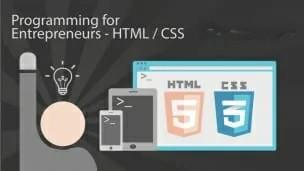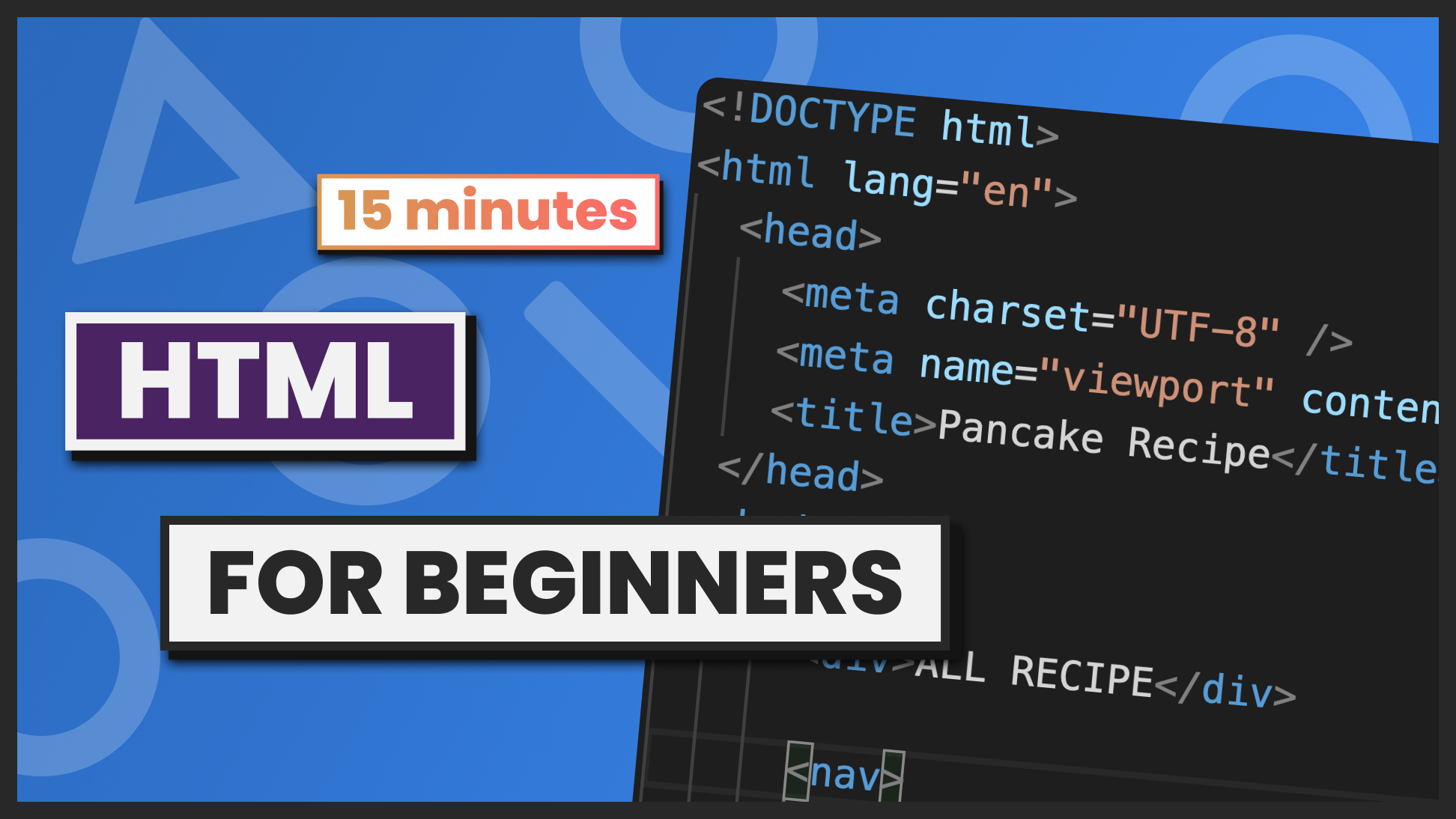Description
Starting a web development career requires learning the fundamentals of HTML and CSS, which are the building blocks of the web. Here’s a step-by-step guide on how to get started:
- Understand the Basics:
- HTML (Hypertext Markup Language) is used for structuring web pages.
- CSS (Cascading Style Sheets) is used for styling HTML elements.
- Set Up Your Environment:
- You only need a text editor to write HTML and CSS. Popular choices include Visual Studio Code, Sublime Text, or Atom.
- You can also use online platforms like CodePen, JSFiddle, or Replit to practice coding without setting up an environment on your computer.
- Learn HTML:
- Start with understanding the basic structure of an HTML document:
<!DOCTYPE html>,<html>,<head>,<title>, and<body>. - Learn about HTML elements such as headings
<h1>to<h6>, paragraphs<p>, links<a>, images<img>, lists<ul>,<ol>,<li>, and more. - Understand HTML attributes, which provide additional information about elements.
- Practice creating simple web pages with HTML to get familiar with its syntax and structure.
- Start with understanding the basic structure of an HTML document:
- Learn CSS:
- Understand the basics of CSS syntax, including selectors, properties, and values.
- Learn how to apply CSS styles to HTML elements using different selectors like element selectors, class selectors (
.classname), and ID selectors (#idname). - Study CSS properties such as color, font, background, margin, padding, etc.
- Practice styling HTML elements using CSS to control their appearance and layout.
- Combine HTML and CSS:
- Practice integrating HTML and CSS to create visually appealing web pages.
- Experiment with layouts, colors, fonts, and other styling techniques to enhance the look and feel of your web pages.
- Explore Responsive Design:
- Learn about responsive web design techniques using CSS media queries to ensure your web pages look good on different devices and screen sizes.
- Learn Additional Concepts:
- Once you’re comfortable with HTML and CSS, you can explore more advanced topics such as CSS preprocessors (e.g., Sass, Less), CSS frameworks (e.g., Bootstrap, Foundation), and CSS grid and flexbox for layout design.
- Build Projects:
- Practice is key to mastering web development. Start building simple projects like personal websites, portfolios, or small web applications to apply what you’ve learned and gain hands-on experience.





Danlami –
The curriculum of this course is comprehensive and well-structured, covering everything from the basics of HTML and CSS to more advanced topics like responsive design and CSS frameworks. Each lesson builds upon the previous ones, gradually increasing in complexity and depth. The course materials are organized in a logical sequence, making it easy for learners to follow along and track their progress.
Iheoma –
This course offers practical, hands-on learning experiences that are invaluable for aspiring web developers. The instructors provide step-by-step guidance through building real-world projects, allowing learners to apply their newfound HTML and CSS skills in a meaningful context. The interactive nature of the course keeps participants engaged and motivated, reinforcing learning and retention.
Azunwena –
Learn HTML & CSS: How To Start Your Web Development Career” is a fantastic starting point for anyone interested in pursuing a career in web development. The instructors provide clear explanations and hands-on exercises that make learning HTML and CSS easy and enjoyable. The course covers all the essential concepts and techniques needed to create professional-looking websites, setting a solid foundation for further learning and career growth.